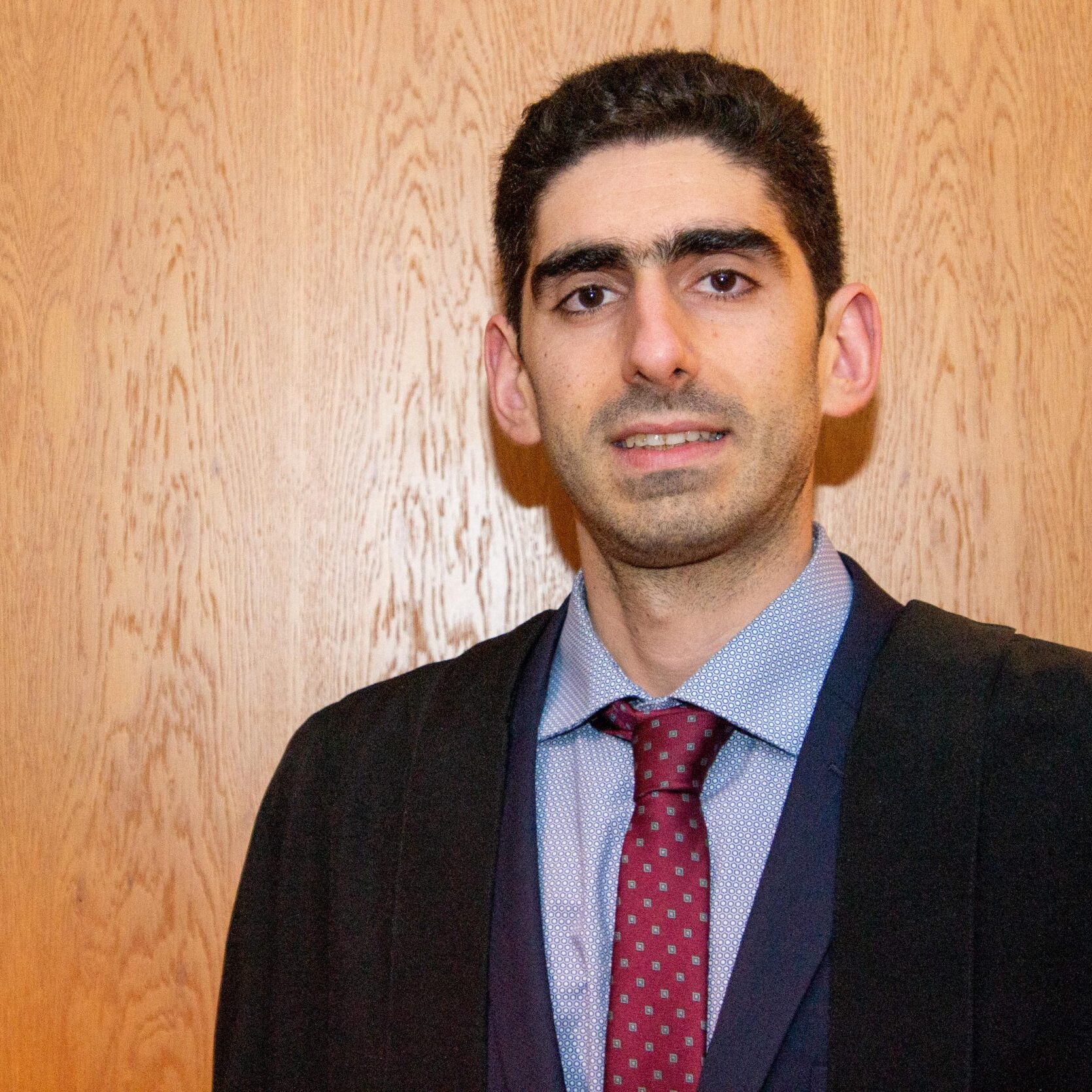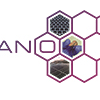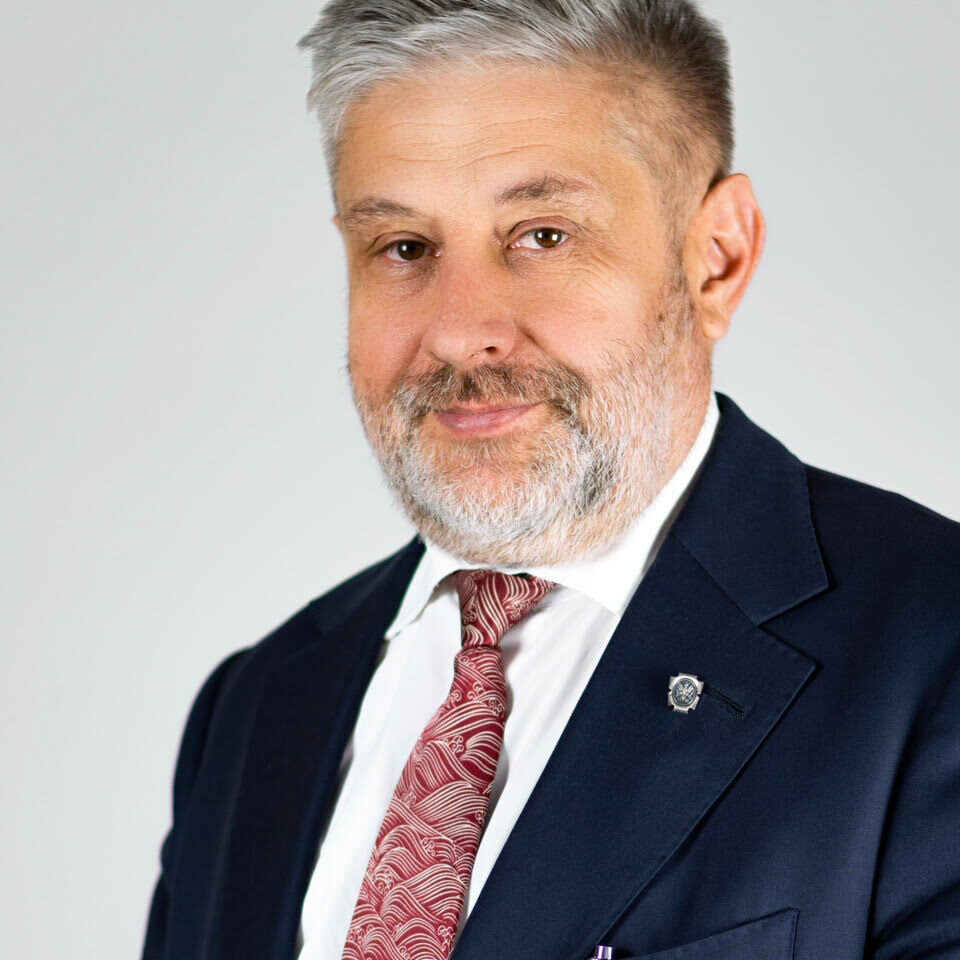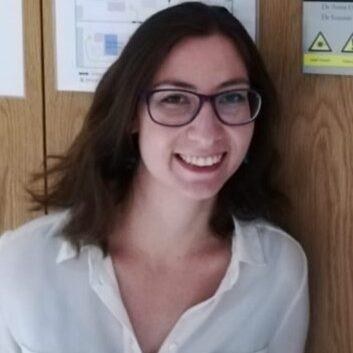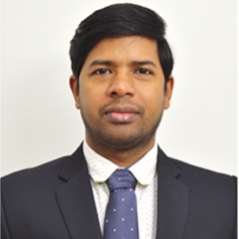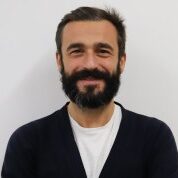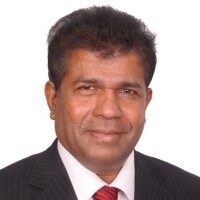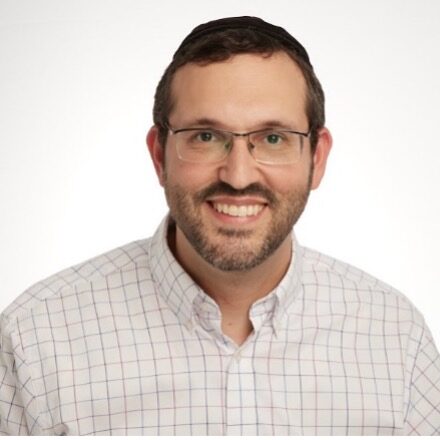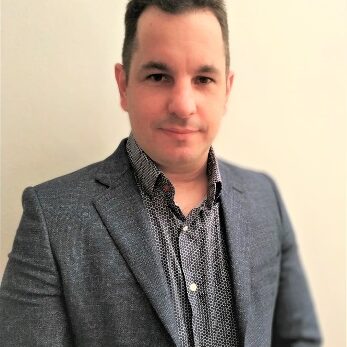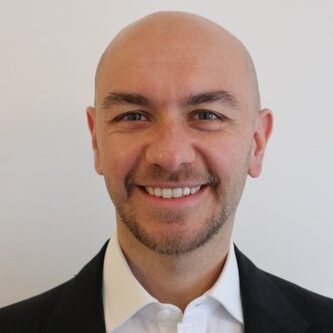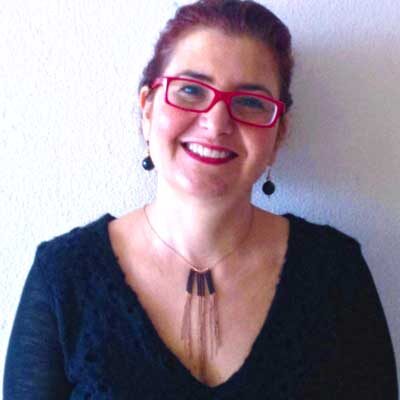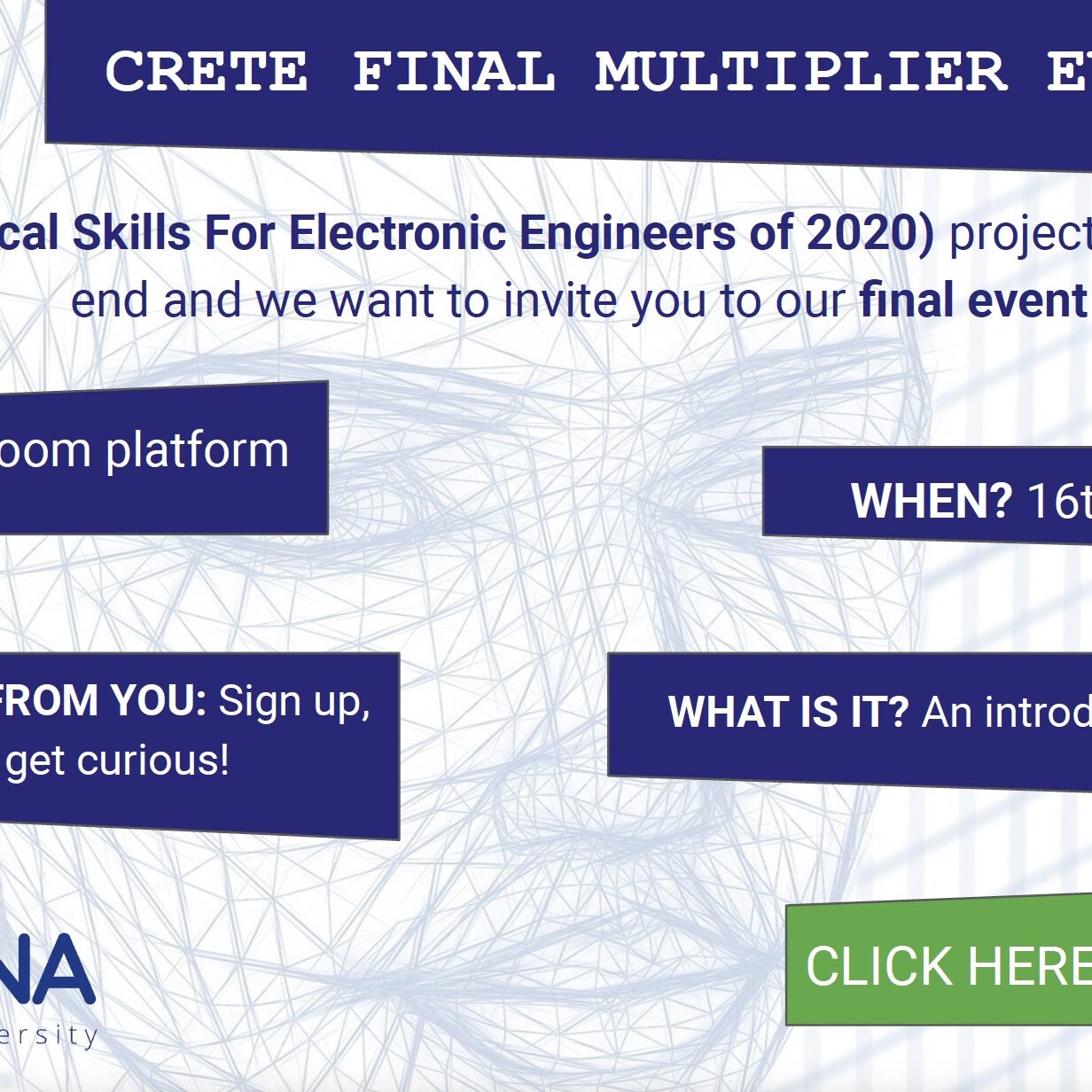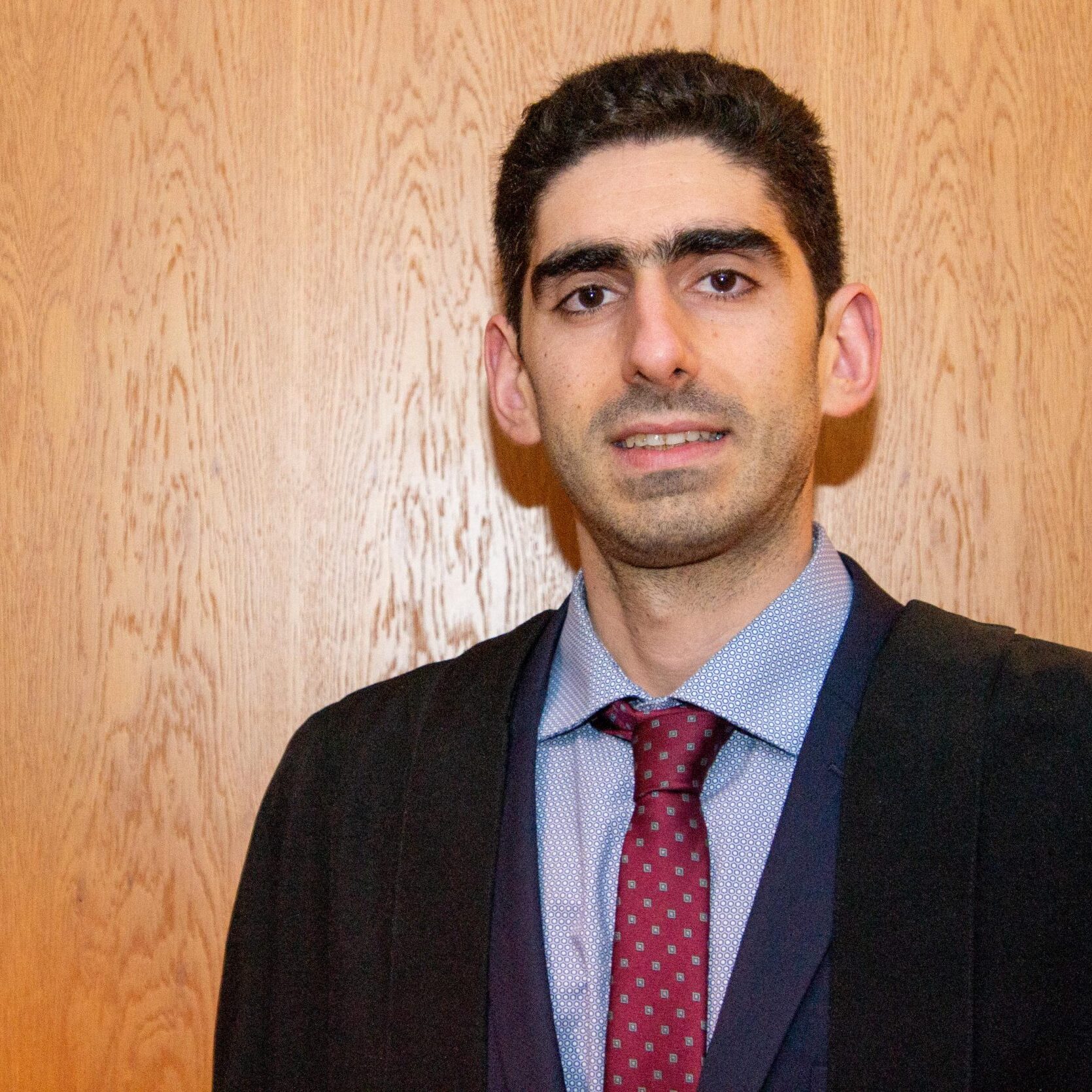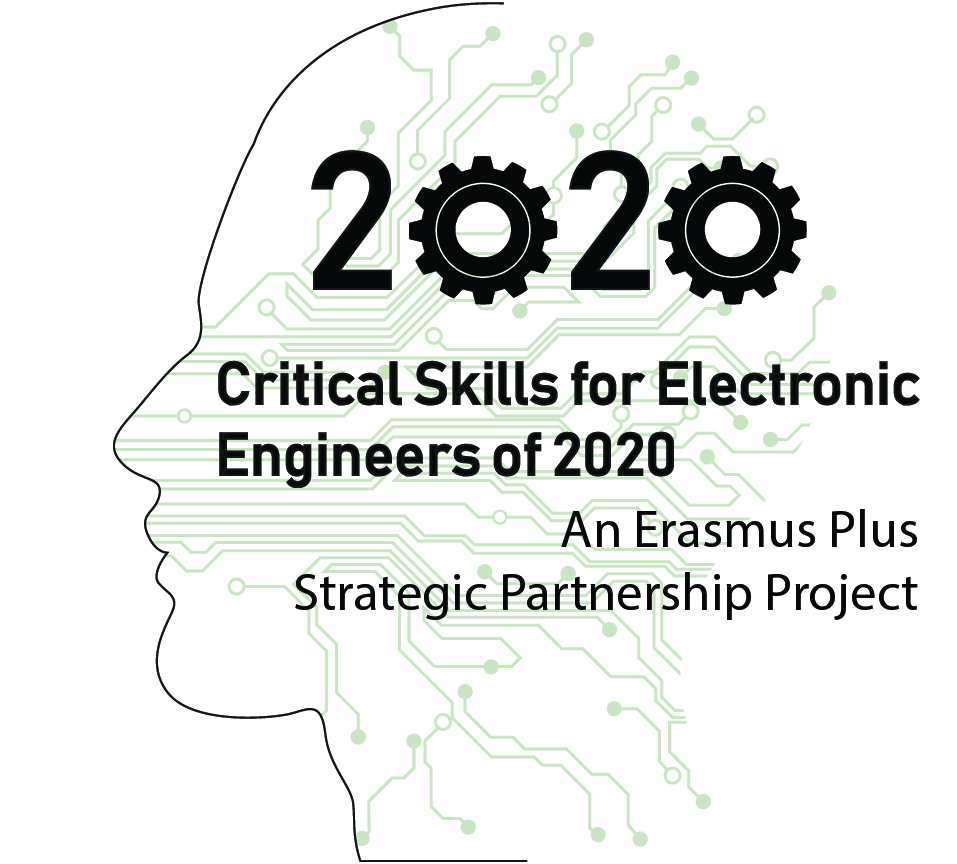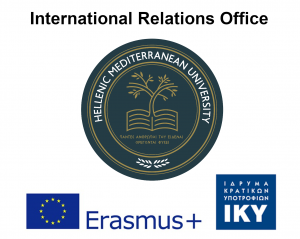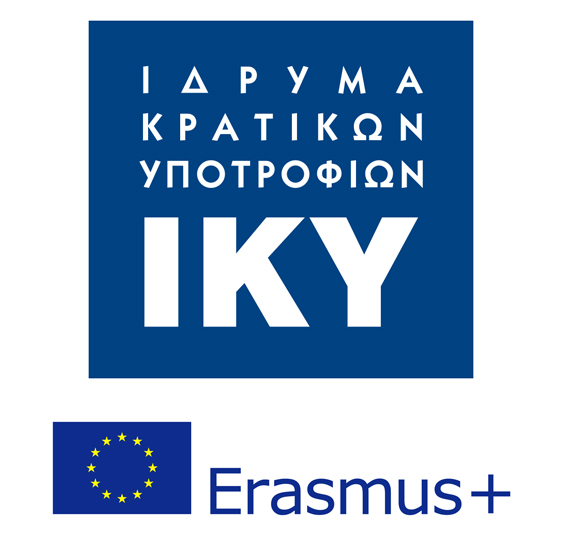Intensive Course in Layered Materials and Applications
Welcome to the Materials' Legoland
Graphene and 2D materials are the rising stars on the horizon of materials science with tremendous potential for many applications. Graphene single layer isolation (in 2004 in Manchester) resulted with the award of Nobel prize in Physics in 2010 in Novoselov and Geim. The rise of graphene research opened the investigation other non carbon 2D materials, such as transition metal chalgogenides (TMDs), MXenes, phosphorene, etc. Besides the enormous surface/volume ratio, critical for many applications where reactions take place on the surface (e.g. catalysis, energy storage, etc), these layered 2D materials offer a wide gamut of exciting properties such as specific bandgaps, original optical and electrical properties, etc. For instance, in electronics, capitalizing on the variety of 2D monolayers now available (and many more to discover), coupled with the established expertise in silicon technology, we will be able to design new devices and heterojunctions using a "lego-approach" of stacking monolayers of differenet properties and bandgaps. We can indeed apply the motto in science that the "sky is the limit" for graphene and 2D nanomaterials.
The launch of Graphene Flagship project, one of the two most ambitious European projects, in 2012 with transformational impact on science, technology, and society overall, triggered a huge research effort in Europe, and not only, regarding graphene & 2D nanomaterials and their related applications. In 2018 - 2021, Graphene Flagship will be focused to transform fundamental research produced in the period 2013 - 2018 into commercial devices and daily life applications; graphene & 2D nanomaterials will be converted into technology products to generate economic growth, new jobs, and new opportunities. The research and industrial interest in these innovative materials & related products have been skyrocketed since its discovery in 2004: The number of published articles has been jumped from 500 in 2004 to 14000 in 2013, almost 40 publications per day, whereas the market of graphene & 2D nanomaterials is projected to reach US$125 million by 2020, driven by promising new applications in the electronics, healthcare, transport, energy storage, composites, and textile industries. Demand in graphene & 2D nanomaterials is projected to explode in the coming years supported by anticipated technology breakthroughs that will enable successful mass production.
The number of Industrial partners engaged in Graphene Flagship has been rose from 1/6 to 1/3 of the consortium constitution.
This means that in a few year's time (within the next five years) the research and Industry will request skillful students and employees to support all this effort and technological priority. In contradiction, there are very few isolated courses or modules in Europe (one postgraduate degree and two – four courses) to provide just a short and not complete introduction of the field, and almost none in China or Israel.
According to the Flagship activities so far, all the partners so far are convinced and have agreed that education support education in graphene & 2D nanomaterials is crucial. GREAT project objectives are to develop activities and produce educational products that will offer complete (from the material, device engineering, applications, and market point of view) and multidisciplinary & innovative education in graphene & 2D nanomaterials
This intensive course envisions providing an introduction to graphene &2D materials and the related applications. Our speakers are distinguished scientists in the topics they will present. We hope that this course will inspire you to follow more modules on the topic and join the world effort to advance the related technology
The school is organized by the CRETE Project, Dr. George Kakavelakis (University of Cambridge) and the Hellenic Mediterranean University Nanomaterials for Emerging Devices Research group

Follow the Course in

Organizers of the School
Dr. Konstantinos Petridis
Academic Coordinator of the CRETE Project
Nanomaterials for Emerging Devices Research Group
Hellenic Mediterranean University, Greece
Dr. George Kakavelakis
Marie-Sklodowska Curie Individual Fellow (LPI-EPFL)
Research Fellow at Wolfson College Cambridge
Cambridge Graphene Centre
University of Cambridge, CB3 0FA
University of Cambridge, CB3 0FA
Nanomaterials for Emerging Devices
Institute of Emerging Technologies, Hellenic Meditteranean University, Greece
Our Lecturers
Their affiliation and their talks are presented below
Dr. Adam Babinski
Professor, University of Warsaw, Poland
Fundamentals of Layered Materials
The Lecture Notes
Watch it again
Dr. Chiara Trovatello
Postdoctoral Fellow, Politecnico di Milano, Italy
Ultrafast Spectroscopy of 2D Materials
The Lecture Notes
Watch it again
Dr. Ioannis Paradisanos
Postodoctoral Fellow, Quantum Optoelectronics Group, CNRS, France
Excitonic Effects in Layered Materials
The Lecture Notes
Watch it again
Dr. Beatriz Romero Herrero
Professor, University Juan Carlos, Spain
Fundamentals of Impedance Spectroscopy
The Lecture Notes
Watch it again
Dr. Anna Katharina Ott
Lecturer, University of Exeter, UK
Layered Materials Raman Spectroscopy
The Lecture Notes
Watch it Again
Dr. Prasana Kumar Sahoo
Assistant Professor, Indian Institute of Technology, India
Emerging 2D Lateral Heterostructures: Opportunities and Challenges
The Lecture Notes
Watch it again
Dr. Ioanna Zergioti
Professor, National Technical University of Athens, Greece
Laser-Induced Forward Transfer Layered Materials
The Lecture Notes
Watch it again
Dr. Georgios Kakavelakis
Marie Sklodowska Curie Individual Fellow, University of Cambridge, UK
Organic and Perovskite Layered Material Based Solar Cells
The Lecture Notes
Watch it again
Dr. Konstantinos Petridis
Associate Professor, Hellenic Mediterranean University, Greece
Laser Processing in Graphene-Based Organic and Perovskite Solar Cells
The Lecture Notes
Watch it again
Dr. Antonio Agresti
Postdoctoral Fellow, University of Rome Tor Vergata, Italy
2D materials for Perovskite Solar Modules
The Lecture Notes
Watch it again
Dr. Arben Merkoci
Group Leader, ICN2, Spain
Graphene-based materials for biosensing platforms
The Lecture Notes
Watch it again
Dr. Andrzej Wysmołek
Professor, University of Warsaw, Poland
Graphene and other 2D materials for spintronics applications
The Lecture Notes
Watch it again
Dr. Yarjan Abdul Samad
Senior Research Associate, University of Cambridge, UK
Graphene-Based Hybrids and their Applications
The Lecture Notes
Watch it again
Dr. Alfonso Ruocco
Lecturer, University College London, UK
Integrated photonics: functionalities enabled by novel layered materials
The Lecture Notes
Watch it again
Dr. Sivasambu Bohm
Chief Technology Officer, Cambridge Advanced Materials Innovation Cons. Ltd, UK
Layered Materials Energy Storage Devices for Commercial Products
Watch it again
Dr. Stephen Hodge
CTO, Versarien PLC
Liquid Phase Exfoliated Layered Materials
The Lecture Notes
Watch it again
Dr. Lanceros-Mendez, Senentxu
Director, Basque Center for materials Applications & Nanostructures
Bilayered Materials Wearable Electronics
The Lecture Notes
Watch it again
Dr. Yaakov Tischler
Associate Professor, Bar Ilan University, Israel
Low-Frequency Raman Spectroscopic Methods
for Characterizing Nanostructured and
Nanoscale Layered Materials
The Lecture Notes
Watch it again
Dr. Konstantinos Rogdakis
Researcher (Grade C) & the Team Leader of Printed Electronics at the Institute of Emerging Technologies of the Hellenic Mediterranean University (HMU) Research Center, Greece
Up-scalable emerging energy conversion technologies enabled by 2D materials: From miniature power harvesters towards grid-connected energy systems
The Lecture Notes
Watch it again
Dr. Felice Torrisi
Lecturer, Imperial College London, UK
Printed electronics with Layered and Two-Dimensional Materials
The Lecture Notes
Watch it again
Dr. Giancarlo Soavi
Professor, University of Jena, Germany
Nonlinear optics with 2D materials for frequency conversion and gas sensing
The Lecture Notes
Watch it again
Dr. Katerina Chatzaki
Professor, Democritus University, Greece
How to Write a Journal Paper, How to Review a Journal Paper, and How to Make an Oral Presentation
Watch it again
Dr. Katerina Zourou
Head of Web2Learn, https://web2learn.eu/, Greece
Citizen contributions to open science: examples supported by data visualizations
Watch it again
The CRETE Project Multiplier Event
The CRETE Coordinators - The Agenda
The Objectives and the Outcomes of the CRETE Project
Watch it again
Moderators
Prof. Konstantinos Petridis
HMU - Greece
Dr. George Kakavelakis
University of Cambridge - UK
Supported by
The ATHENA European University
Critical Skills for Electronic Engineers of 2020
An Erasmus Plus Strategic Partnership Project
The webinar will be streamed through Zoom. An invitation will be sent to all the registered participants. For any information please contact Dr. Konstantinos Petridis ([email protected])

